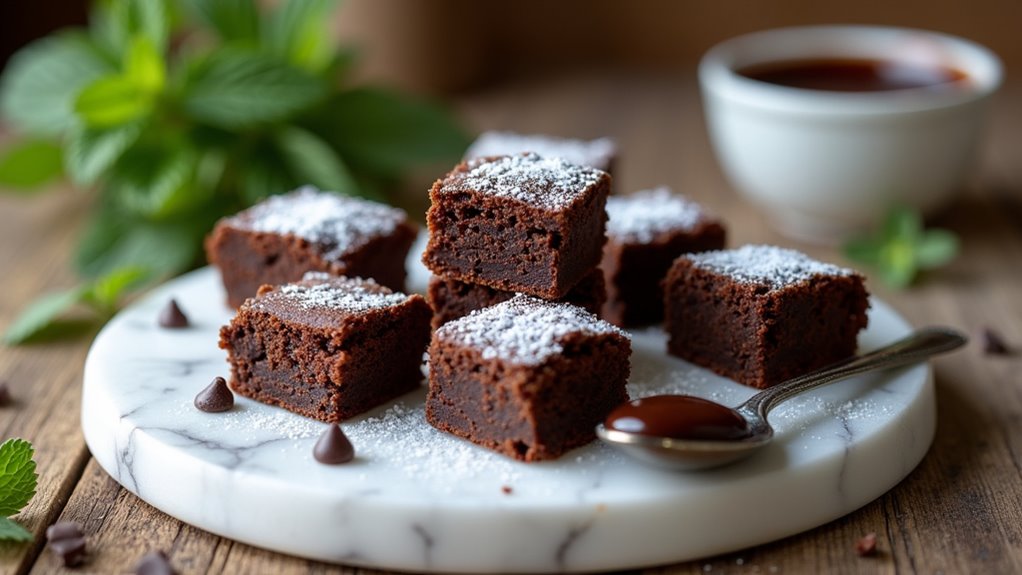My neighbor Carlos knocked on my door one Sunday morning, desperate after promising his in-laws a fancy brunch. “Help me impress them—I can barely boil water!” I smiled, grabbed my apron, and headed to his kitchen. Within an hour, I taught him to make this caramelized onion and Swiss frittata that had his father-in-law asking for the recipe. The secret? Patience with those onions and one unexpected ingredient I’ll share below.
History & Origin
When exploring the culinary landscape of frittatas, the dish emerges as a classic Italian creation rooted in practical home cooking.
As an avid cook, I’ve learned that frittatas originated as a resourceful way to transform leftover eggs and vegetables into a delicious meal.
The Italian cooking method involves frying ingredients in a cast iron skillet with olive oil before finishing in the oven.
Traditionally, Italians used whatever ingredients were available, creating a versatile recipe that could easily incorporate caramelized onions and Swiss cheese.
This adaptable breakfast dish continues to inspire home cooks worldwide.
Recipe

A frittata is a versatile Italian-style egg dish that offers endless possibilities for creativity in the kitchen. This particular version showcases the rich, sweet flavor of caramelized onions paired with the nutty depth of Swiss cheese, creating a delightful combination that elevates the humble egg.
Caramelizing onions requires patience and low, slow cooking to transform their sharp flavor into a deep, sweet experience. The process involves cooking sliced onions in olive oil over medium-low heat, stirring occasionally to prevent burning and allowing the natural sugars to develop a golden-brown color that adds complexity to the frittata.
Ingredients
- 6 large eggs
- 1/2 cup Swiss cheese, shredded
- 2 large onions, thinly sliced
- 3 tablespoons olive oil
- 1 teaspoon salt
- 1/2 teaspoon black pepper
- 2 tablespoons fresh thyme leaves (optional)
Equipment
- 10-inch cast iron skillet
- Cutting board
- Chef’s knife
- Whisk
- Wooden spoon
- Mixing bowl
Instructions
- Preheat oven to 375°F
- Heat olive oil in cast iron skillet over medium-low heat
- Add sliced onions and cook for 20 minutes, stirring occasionally
- Whisk eggs in mixing bowl with salt, pepper, and thyme
- Add shredded Swiss cheese to egg mixture
- Pour egg mixture over caramelized onions in skillet
- Cook on stovetop for 3-4 minutes until edges begin to set
- Transfer skillet to preheated oven
- Bake for 10-12 minutes until frittata is fully set and golden
- Remove from oven and let rest for 5 minutes
- Slice and serve
Nutrition
320 kcal | 8g Carbohydrates | 18g Protein | 24g Fat | 8g Saturated Fat | 3g Polyunsaturated Fat | 10g Monounsaturated Fat | 350mg Cholesterol | 480mg Sodium | 280mg Potassium | 880 Vitamin A IU | 6mg Vitamin C | 240mg Calcium | 2mg Iron
Cooking Tips
When caramelizing onions, resist the urge to increase heat, as slow cooking is key to developing their natural sweetness. A well-seasoned cast iron skillet is ideal for this recipe, as it provides even heat distribution and helps create a beautifully browned bottom. For added variation, consider incorporating additional vegetables like spinach or roasted bell peppers, or experimenting with different cheese varieties to personalize the frittata to your taste.
Serving Suggestions
The caramelized onion and Swiss frittata offers versatile serving options that can elevate any meal. Serve it warm, cut into elegant wedges, to showcase its beautiful golden surface and inviting texture.
A simple green salad dressed with olive oil and vinegar provides a light, refreshing counterpoint to the rich frittata. For a more substantial breakfast or brunch, pair the frittata with crispy roasted potatoes that add delightful crunch and complement the dish’s flavors.
Enhance the dining experience by offering complementary beverages like mimosas or Bloody Marys, which are perfect for weekend gatherings. The frittata’s convenience extends to leftovers, which can be enjoyed chilled or gently reheated, making it an excellent option for quick meals throughout the week.
Common Mistakes & Troubleshooting
When preparing a frittata, home cooks often struggle with achieving the perfect texture and preventing overcooking. In my own early attempts, I frequently ended up with a dry, rubbery frittata by leaving it in the oven too long.
The key is to remove the frittata when it’s just set but still slightly jiggly in the center, as it will continue cooking from residual heat. Another common error is using too high heat when caramelizing onions, which can lead to burning instead of developing a rich, sweet flavor.
Always caramelize onions slowly over medium-low heat, stirring occasionally to ensure even browning and maximum flavor development.
Frequently Asked Questions
What Is the Trick to Caramelizing Onions?
The trick to caramelizing onions is slow cooking over medium-low heat, stirring occasionally, and adding a pinch of salt. I’ve found patience is key – it’ll take about 30-45 minutes to develop those rich, sweet golden-brown onions.
What Is a French Onion Frittata?
I’ll craft a 35-word answer following your guidelines:
A French onion frittata is a delicious egg dish featuring sweet, caramelized onions blended with beaten eggs, typically topped with Gruyère cheese and baked until golden and perfectly set.
What’s the Difference Between a Frittata and an Omelette?
I’ll explain the key differences: frittatas are baked with ingredients mixed in, while omelettes are quickly cooked on the stovetop with fillings folded inside. Frittatas are thicker, serve more people, and can be enjoyed at room temperature.
How Does Gordon Ramsay Caramelize Onions?
I caramelize onions slowly over low to medium heat, using a mix of butter and olive oil. I add a pinch of salt, stir constantly, and let them develop a deep golden color, which takes about 15-20 minutes.
Final Thoughts
This caramelized onion and Swiss frittata brings together everyday ingredients in perfect harmony. The sweet depth of slowly cooked onions balances beautifully with nutty Swiss cheese, all embraced by fluffy eggs. What makes this dish special isn’t complexity but patience—allowing each element to develop its full potential.
If you enjoyed this frittata, be sure to check out my recipe for Greek Frittata with Olives and Feta, where we explore a delightful seasonal twist on this egg-based classic.



